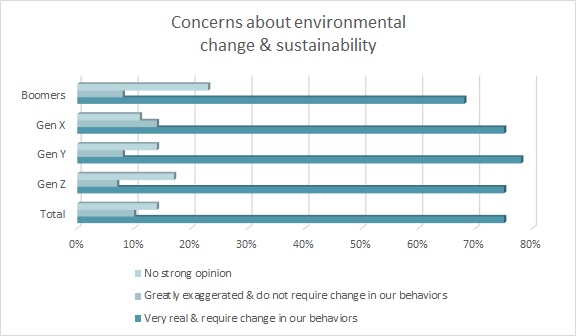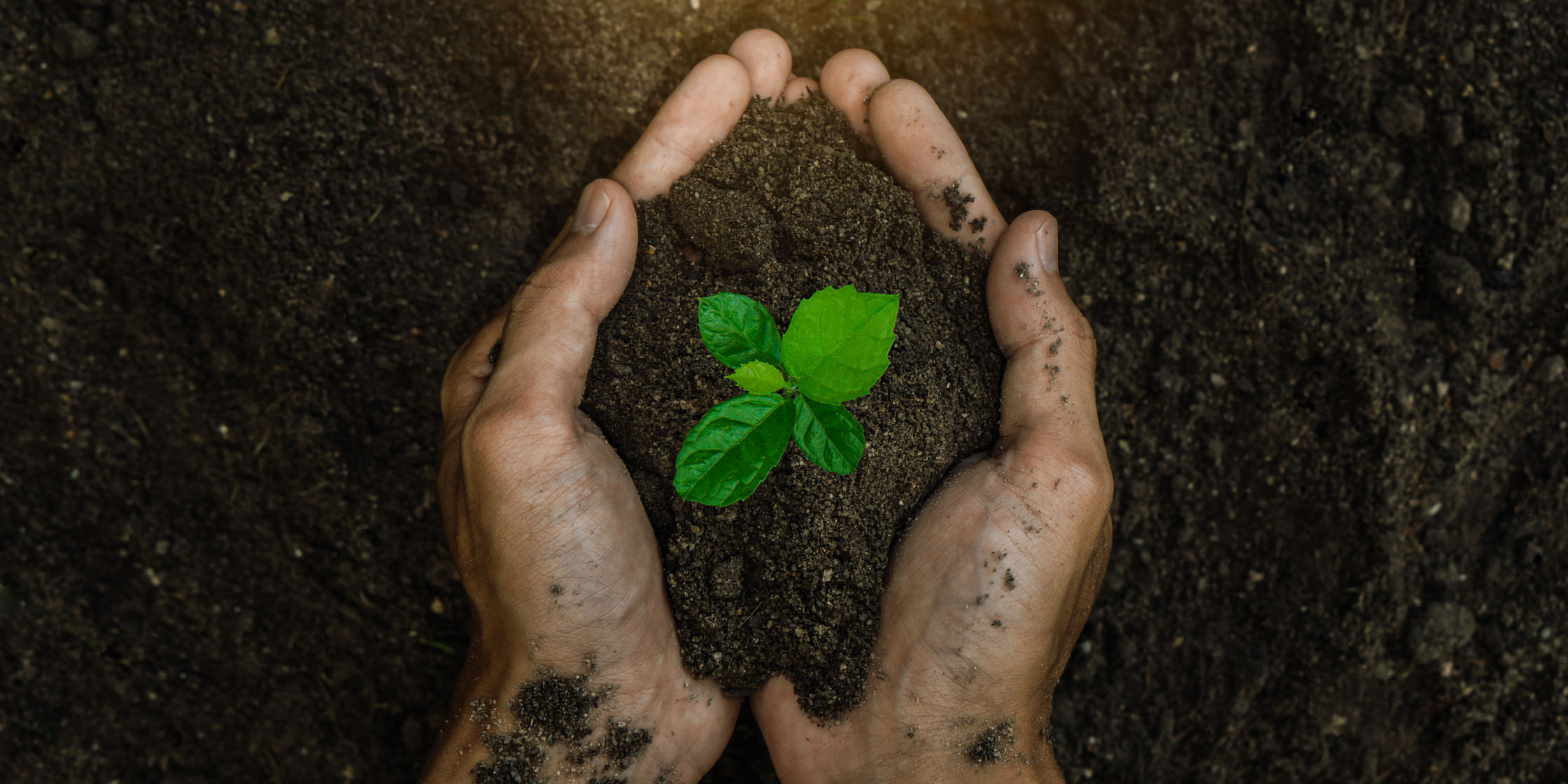It’s been more than half a century since the world’s first Earth Day, when 20 million Americans called for greater protections for the planet. The Earth Day movement continues tomorrow, April 22, and more than one billion people around the globe are expected to take part in events aimed at changing human behavior and creating global, national and local policy changes.
In building our future, individuals, businesses, entrepreneurs, inventors and governments each have a unique role. We need to act individually and together.”
Kathleen Rodgers
President, EarthDay.org
This year’s theme is “Invest in Our Planet,” and the goal of Earth Day’s organizers is to engage governments, people, businesses, and institutions in taking action on climate.
“By using Earth Day as a platform, we aim to push aside the barriers that have been erected by the fossil fuel industry and economy, and redirect all of our attention to creating a 21st-century economy that brings back the healing and health of our planet, protects all of our species — including our own — and provides opportunities for everyone on the planet,” says EarthDay.org’s Kathleen Rogers, president. “People, governments and businesses all fear change. But the status quo, the way we live today, is changing before our eyes. In building our future, individuals, businesses, entrepreneurs, inventors and governments each have a unique role. We need to act individually and together.”
Most consumers are now relating to climate and environmental concerns. Fully three-quarters (75 percent) of men and women in the U.S. say environmental change and resource depletion are real and require a change in our behavior, according to the Cotton Council International (CCI) and Cotton Incorporated 2021 Global Environment Survey. Further, the percentage of consumers saying they are more concerned (57 percent) has grown significantly since 2017.

To that end, today’s cotton producers are striving to bring a more sustainable future to the fashion and textile industry, from the way crops are farmed through to production. For instance, the U.S. cotton industry has seen an overall downward trend in greenhouse gas emissions over time. This is significant because a rise in greenhouse gas (GHG) concentrations may be contributing to more volatile weather patterns, such as more frequent and intense hurricanes, prolonged periods of drought, increased flooding and other weather extremes. In cotton’s agricultural phase, the Cotton Incorporated Lifecycle Assessment (LCA) shows nitrogen fertilizer has the biggest impact in terms of the global warming potential. Growers have a 2025 goal of reducing GHG emissions by 39 percent, according to the Cotton Incorporated LCA (2017). They’ve also committed to increasing soil carbon by 30 percent and decreasing energy use by 15 percent.
In 1974, when Earth Day was in its early years and the average person didn’t know about greenhouse gases, the global population stood at 4 billion. It has since grown to 7.9 billion and is expected to reach 10 billion by 2057. That makes potable water a valuable resource. As it stands now, agriculture accounts for 73 percent of global water usage. However, cotton is responsible for just 3 percent of that, according to an article in Water Resources Management. Despite false claims to the opposite, cotton is drought-tolerant. In many parts of the world, it relies solely on rainfall. And in the U.S., fully 60 percent of the cotton grown is produced without irrigation. A 2016 Field to Market study found that, “The efficiency of irrigated water used has increased by almost 82 percent since the early 1980s.” Of note, the cotton industry aims to decrease water usage an additional 18 percent by 2025.
Another misconception revolves around the pesticides needed for cotton growth. Numerous crops account for double-digit percentages of global pesticide sales, but cotton accounts for just 4.7 percent, making it one of the lowest users of agricultural pesticides, according to Phillips McDougall’s world pesticide sales data.
Of course, as the population grows, the need to grow more cotton on less land becomes more urgent. Currently, cotton is grown in 80 countries but uses only 0.6 percent of the world’s agricultural lands, according to the United Nations Food and Agriculture Organization statistics. Through modern agricultural practices, cotton growers have already improved production: In 1976, it took more than 19 hectares (4.7 acres) to grow one metric ton of cotton fiber in the U.S. In 2017, it took less than 1.07 hectares (2.64 acres) to grow the same amount. And the goal of cotton growers has been to further increase land use efficiency by 13 percent by 2025.
Cotton is also a natural cellulose fiber that can be spun into a textile, unlike synthetics that are produced from petroleum and other man-made processes. But since cotton is a natural fiber, it also biodegrades in natural environments when it reaches its end-of-life stage. That’s important when one considers that the average American throws out about 70 pounds of textiles every year, according to the Council for Textile Recycling. Sure, about 10 pounds are donated. But overall, Americans send roughly 20 billion pounds of textile waste to landfills every year. But Mother Earth fares better with cotton textiles than synthetics. Researchers from Cotton Incorporated and Cornell University demonstrated that cotton is compostable and will naturally biodegrade, unlike polyester. In a three-month study, polyester fabrics remained intact under both laboratory conditions and a compost environment. The cotton fabrics, while more significantly degraded in the compost environment than the lab, all were confirmed to be “compostable.”
Researchers from Cotton Incorporated, North Carolina State University and Duke University also determined that raw cotton microfibers decompose faster than polyester in fresh water, salt water and water treatment facilities. On the other hand, polyester microfibers are “expected to persist in the environment for long periods of time.” This wouldn’t be a big deal except that the majority of the clothing on the planet is made of plastic-based materials like polyester, rayon, nylon, and acrylic, according to the Environmental Protection Agency. Not only do these non-compostable clothes take up space in the world’s landfills, they emit carbon dioxide into the environment as they sit there. Further, synthetic apparel sheds tiny microfibers that now fill the planet’s waterways, drinking water, and the food chain.
The natural attributes of cotton come into play during the textile production phase, too. After cotton is harvested, all parts of the plant are used, from fiber to seed to byproduct. The byproduct has been used in a range of applications including livestock feed and erosion control products. And now it can also be used as a component in dyestuff for cotton textiles. Archroma’s EarthColors® give makers a responsible option for dyeing textiles with up to 100 percent petroleum-free and bioeliminable dyestuff made from agricultural byproducts. The result is a biosynthetic, sulfur dye that releases no harmful chemical waste during processing.
Cationic cotton offers another sustainable solution in the manufacturing stage. Cationic cotton is cotton that has been chemically modified to possess a permanent cationic — or positive — charge. In typical cationic cotton dyeing, salt, and alkali are used in the dyebath to reverse the charge on cotton so that it has a positive charge. This makes cotton “friendlier” dyeing, thus creating a shorter and more efficient dying process that uses less water, energy, and chemicals.
“Smart companies are discovering that it is no longer a choice between going green and growing long-term profits — sustainability is the path to prosperity,” states EarthDay.org. “So for both humanitarian and business reasons, it is imperative that companies of all sizes take action and embrace the benefits of a green economy.”
